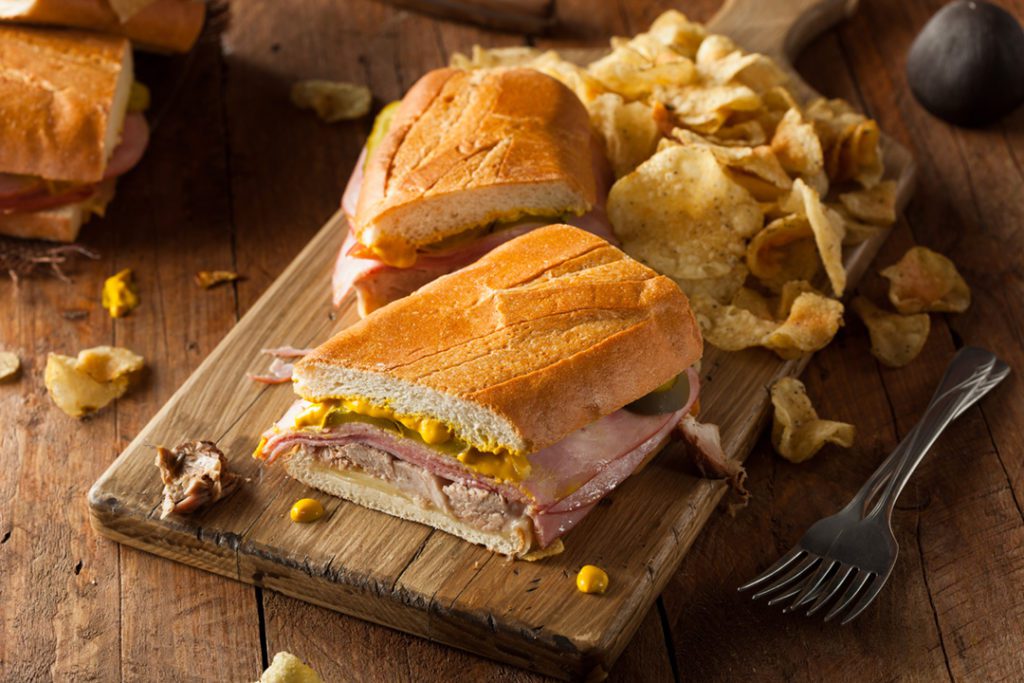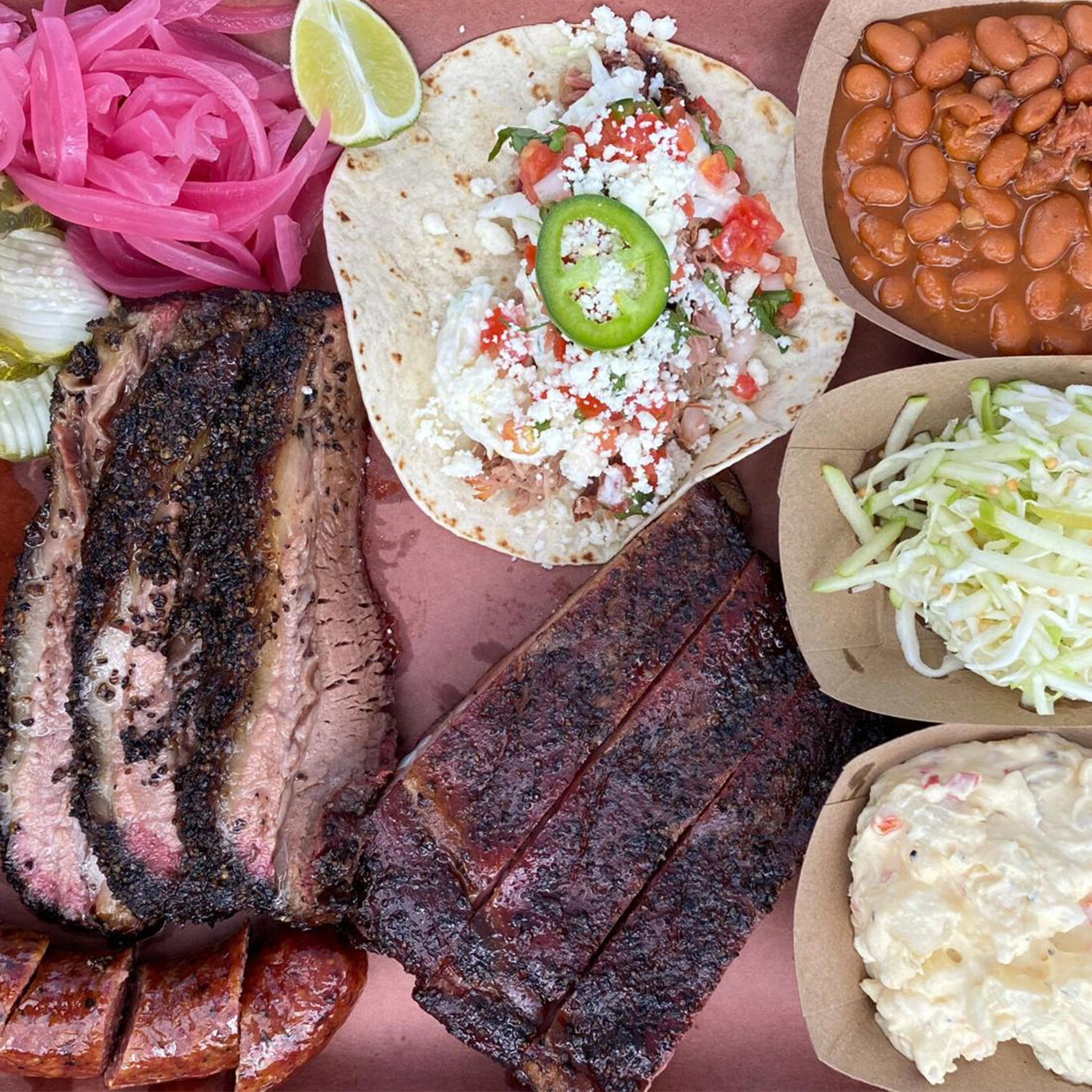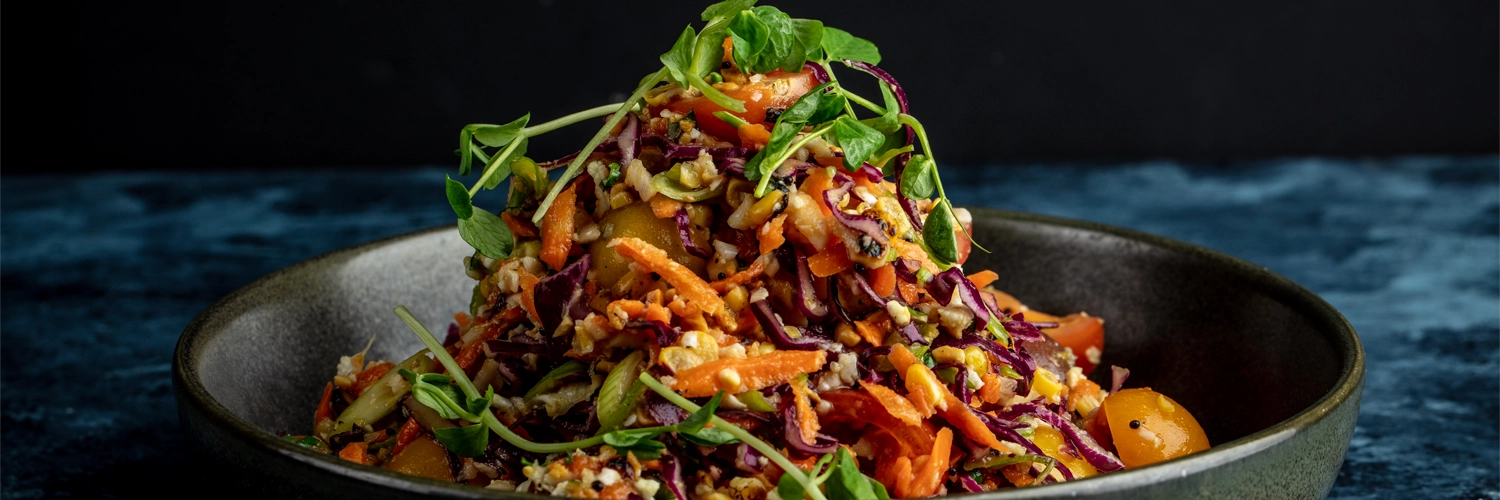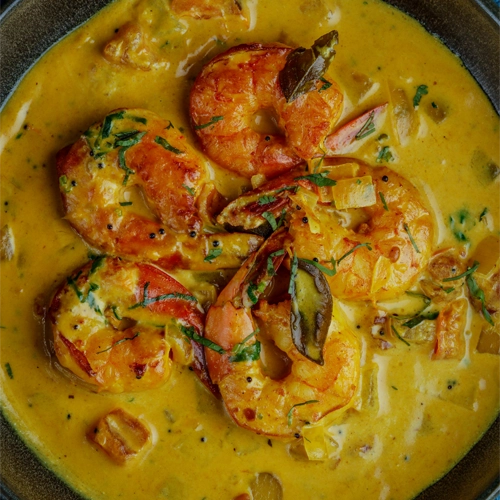The Contentious History of the Cuban Sandwich
And why it's time we leave one of Florida best culinary creations alone

Nearly all of the dishes associated with Florida regularly get reinvented by the finest chefs. They’ve elevated the grouper sandwich, deconstructed a Key lime pie and even improved the mustardy sauce served with stone crabs, if that’s even possible.
But how often do you see some modern take on a Cuban sandwich? I think the reason that few attempt it is because everybody knows you’re not going to make it better with caramelized shallots, shaved truffles or, forgive me for even suggesting it, caviar. It’s a sandwich that’s already perfect just the way it is.
The Cuban sandwich, as Americans know it, has already had generations of tinkering. Some say it started half a millennium ago with cassava flatbread sandwiches made by Cuba’s indigenous Taíno people. Perhaps the Cubans who came to Key West in the 1860s took some version of that with them when they started making ham and cheese sandwiches they called mixto.
It’s a sandwich that’s already perfect just the way it is.
Then it headed north to Tampa, where the city’s Italian immigrants contributed slices of salami and an Ybor City baker started making a Cuban-style hoagie roll that became the only way to eat them. The final version, after decades of work, boils down to roast pork, ham slices, swiss cheese, pickles and mustard, pressed well on a hot plancha until good and toasty. Anyone in Tampa will argue salami too, but in Miami that’s sacrilege. Some will tell you it’s not a Cuban if you add tomato or mayo or any other addition, but if they pull it off with those extras, it’s hard to argue with delicious.
However you make it, it’s beloved in this state, a staple of bar menus and takeout windows and sandwich shops. It even inspired a priceless parody of the musical Hamilton: “Me llamo Alejandro Jamónton.”
I’ve had quite excellent Cuban sandwiches. The recipe Michelle Bernstein shared with us creates a Miami-style Cuban that’s without flaw. But I think Bernstein would agree it’s not a sandwich you need to labor over to find one you enjoy. This is the humble meal made by boncheros, or cigar rollers, and so you could argue the Cuban is best ordered in an appropriate spot, like at Havana in West Palm Beach, where people gather late into the night under the glow of portico lights and dot the sidewalk with crumbs from the crusty bread.
In a few days, you can taste 20 of them all in one place at the Cuban Sandwich Festival at Centro Asturiano de Tampa, the old Cuban immigrant social club in Ybor City. They’ve been doing the festival for 10 years now, and so maybe we should all go, see how many Cubans we can eat in one sitting, not far from where it was invented.





